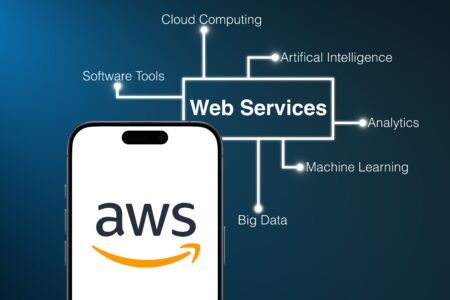Businesses are increasingly migrating to the public cloud due to its wide range of benefits. However, companies need a solid plan in place to avoid making common mistakes. Far too many organizations fail to consider critical aspects of cloud adoption, such as resiliency, application availability, and cost. Keeping all of these things in mind is important for a smooth cloud migration strategy.
What is the Public Cloud?
The public cloud is available by a third-party provider for any business. These services can be free or may be available through subscription or pay-per-usage model. Benefits of using the public cloud include a reduced need for on-premise IT equipment and the scalability to meet user demands. The use of the cloud also makes it easy for employees to work outside of the office and collaborate with others in real-time. Data backups can also be uploaded onto the cloud for additional protection.
Private Cloud vs. Public Cloud
Understanding the difference between the private cloud and public cloud is important for any business considering cloud adoption. The use of the private cloud is a great option for businesses with their own data centers, as it allows you to store and manage all of your data on your own. However, the public cloud is a better choice if your business doesn’t have the extra resources to manage all of your data. A few of the most popular public cloud services available include Amazon Web Services (AWS), IBM, Google Cloud Platform, and Microsoft Azure.
Public Cloud Adoption Steps
Successful cloud migration isn’t always possible unless your company develops a detailed plan during this transition process. Following a cloud migration strategy can help you avoid common mistakes while also saving your business a lot of time and stress. Here are a few things to consider for a successful cloud migration strategy.
1) Build a Cloud Workforce
An organization that lacks in-house cloud skills will need to build out those skills for a smooth transition. Attracting cloud specialists isn’t easy, as it requires a company to create a skilled team that can develop a long-term strategy to follow the cloud adoption framework.
The versatility to hold multiple roles within an organization is a valuable skillset. Cloud specialists that work across several departments will ease the transition process while also offering unique viewpoints throughout the business.
2) Create a Strong Foundation for the Cloud
Finding a public cloud service provider is one of the biggest decisions for any organization. Taking the time to perform additional research is essential to avoid making any costly mistakes. Many businesses will often use multiple providers to better meet their needs.
Using the available native tools from each cloud service provider can optimize your business operations. Integrating the foundation of the cloud within the existing core infrastructure of a business can improve security and allow employees to work more efficiently.
3) Look at Ways to Mitigate Risks
A multi-cloud framework is often a popular choice for businesses using public cloud infrastructure. Multi-cloud benefits businesses in a variety of ways, such as offering additional services, competitive pricing, and robust security measures.
Multi-cloud also enables a company to deliver its workload across several cloud service providers to mitigate risks and stay in compliance with security departments. Designing a framework on the cloud that focuses on availability and security is essential for any business.
4) Keep Governance Policies in Place
Governance is much different for on-premise versus off-premise infrastructures on the cloud. Keeping these things in mind is important in develop on-premise management for your business. Existing governance plans may not be adequate to cover the complexity of going off-premise.
For example, the traditional process of managing IT expenses every few years for on-premise infrastructure doesn’t happen with the cloud. Assembling a team of stakeholders to create strong policies is essential for success. Properly adopted policies will allow your business to develop a self-service strategy and other management procedures.
5) Always Strive for Operational Success
Developing a strong foundation and strategy is critical for any business considering the public cloud. Operational excellence is often achieved through a focused effort on automation and optimization.
Businesses can often optimize their efforts by monitoring consumption. However, IT monitoring can often be challenging, but network monitoring can help ease businesses during this transition process. Implementing multi-cloud management tools can also help with monitoring.
Closing Thoughts
Cloud migration is often a challenging process, but it offers immense benefits for a wide range of businesses. Building a cloud workforce, creating a strong foundation, and looking at ways to reduce risks are all critical aspects of migrating to the cloud. Following governance policies and always striving for operational excellence is also important.
Following these public cloud adoption tips can help you avoid making common mistakes and save your business a lot of time and hard work.






